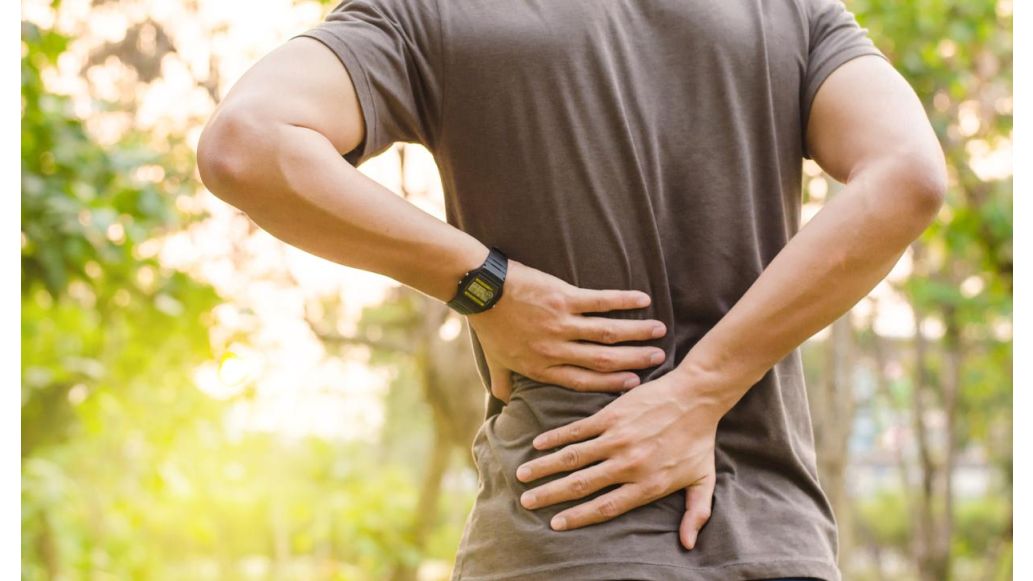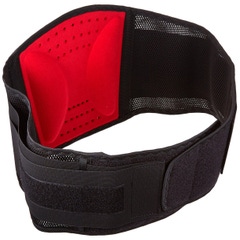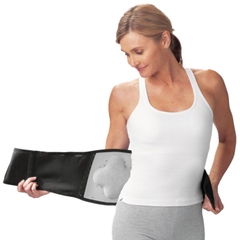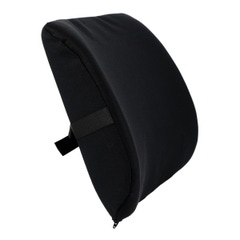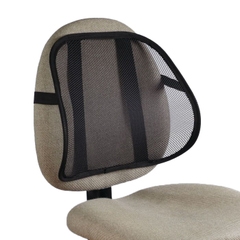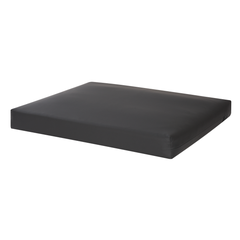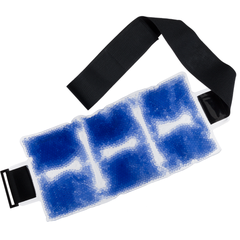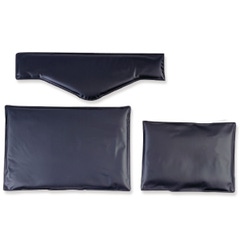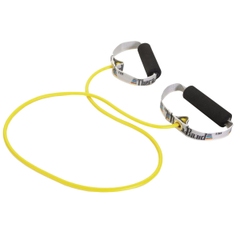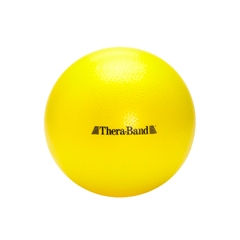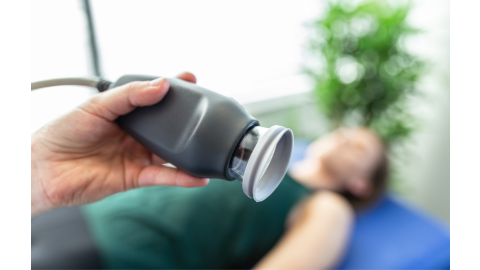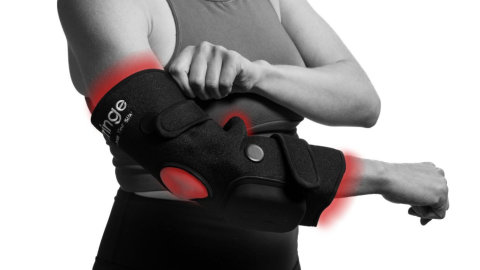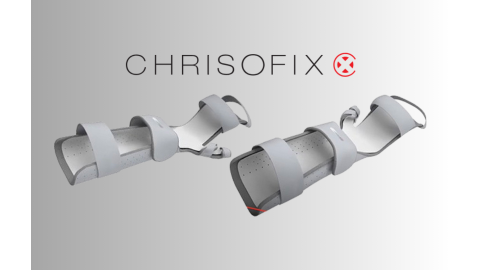Throwing out your back is a common phrase that people use when they’re experiencing back pain, stiffness, or discomfort. But what does it really mean?
Not actually a medical term, throwing your back out can indicate a number of ailments. If you think you may have thrown your back it, it could be one of these conditions or many others:
- Back spasm
- Muscle strain
- Herniated disc
- Broken vertebrae
Of these, back spasms and muscle sprains are the most common causes by far. Herniated discs are more severe but much less common and broken vertebrae typically occur in individuals over 50 years old.
Although broken vertebrae and herniated discs may be rare, back pain, on the whole, is not. Over 31 million Americans deal with back pain each year. If you’re one of those people, here’s how to cope.
Causes of Back Pain
Managing Back Pain and Soreness
A Good Night’s Rest
Looking for Professional Help
When to Seek Medical Attention
Back Pain Prevention
Causes of Back Pain
Over-Exertion
A wide variety of actions and activities can cause back pain. The root of most pain stems from excess stress placed on the middle and lower back. This can be due to any activity from lifting heavy boxes to working in the garden for too long. These movements place extra pressure on the lower back either with one large amount of force or persistent pressure for more than an hour. If you plan on lifting heavy objects, try wearing a back brace - They support the back while keeping it straight to promote better posture.
SHOP NOW!
Lack of Movement
Physical activity isn’t the only cause of back pain. The exact opposite can cause pain as well. Sitting in a chair for too long can compress the lower back leading to sore muscles and ligaments. This is common for people with office jobs where they are sitting for hours on end.
Poor Posture
Whether you’re sitting in a cubicle all day or working in a warehouse, poor posture is often a contributing factor in back pain. While you’re sitting, keep your back straight, your shoulders back, and your feet slightly elevated. This posture will allow you to sit comfortably for longer periods of time. If you plan on sitting for a while, at your desk, in the car, or anywhere else, a seat cushion can be a great way to create better posture and pad the lower body.
SHOP NOW!
Posture isn’t only for sitting though. When standing, make sure you evenly distribute your weight over both of your feet. This helps keep your back straight and ensure that your weight isn’t disproportionately placed on one side or the other.
To learn more about the common causes of back aches and back pain, watch this video here.
Managing Back Pain and Soreness
Back pain due to spasms or muscle strains can range from slight discomfort to shooting pains or non-stop aching. No matter the level, dealing with back pain shouldn’t be an everyday issue.
Hot & Cold Therapy
Using heat therapy and cryotherapy in combination can treat many symptoms associated with back spasms and strains. Depending on your type of pain, you’ll need a specific form of therapy.
Heat Treatments
Using heat is best for chronic lower back pain and stiffness. This is the pain you feel every day and not after a specific event that triggers back pain. Sitting or driving for a living can slowly cause this kind of pain after years, months, or even just a few weeks. Heat treatment relaxes muscles and stimulates blood flow. This makes your back feel loose and at ease.
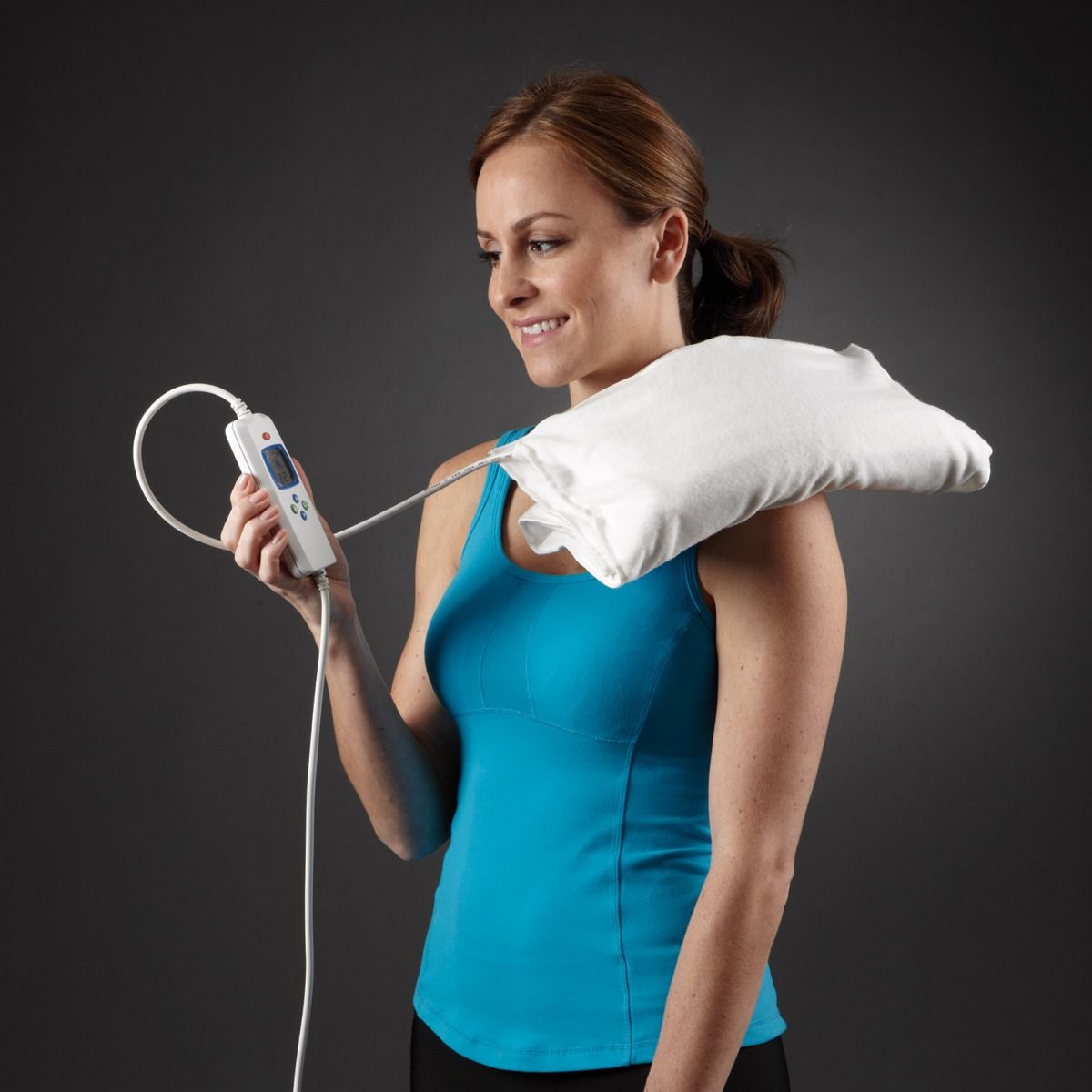
Cold Therapy
Using cold packs is a better option when there is a clear incident or action that caused the pain. This is because the pain is from a stretch or small tear in the muscles of the lower back. These injuries require time to heal but the pain can be subdued with an ice pack or other cold treatment. The cold reduces swelling and numbs the affected area to lessen pain while you recover.
SHOP NOW!
Stretching
For chronic pain and stiffness, stretching increases the elasticity of your muscles making it easier to move. Here are some simple stretches you can perform from the comfort of your home:
TheraBand Tubing Back Extension
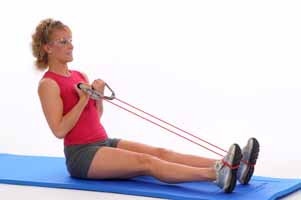
- Sit down with your feet fully extended and wrap a TheraBand Tube around the bottom of your feet
- While holding each end of the elastic tubing, lean backward keeping your back straight to a comfortable position but not all the way to ground
- Slowly return to the starting position
TheraBand Mini Ball Pelvic Clock
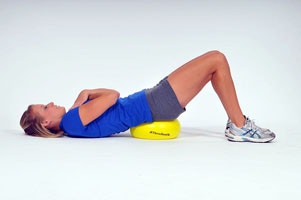
- Place a TheraBand Mini Ball just below your lower back
- Rotate your hips in a clockwise rotation, pressing them around the rim of the exercise ball
- Repeat this multiple times and then rotate in a counterclockwise rotation
Pain Relievers
When stretching and/or ice packs aren’t enough, there are a few more avenues for finding pain relief. Your first line of defense should be a topical pain reliever. Topical analgesics like Biofreeze are non-addictive and don’t require a prescription. This makes them convenient and safe.

Another way to attack pain is through medication. Most common pain-relievers (like Tylenol) feature acetaminophen. Acetaminophen is used to treat minor to moderate pain on top of headaches and fevers. Because it has no known side-effects, it is also a safe way to alleviate pain when taken in moderation.
A Good Night’s Rest
Getting more than just the right amount of sleep is important when trying to fight back pain. Quality sleep can make a world of difference. When sleeping on your back, use a moderately firm pillow under your head and your feet. When laying on your side, use a bolster or a pillow between your legs. This helps create space between your legs to open your hips. It creates a more natural sleeping posture for better spinal alignment.
Looking for Professional Help
If at-home treatments aren’t getting the job done, here are some other paths to help treat your back pain:
Yoga
If you’ve already practiced yoga, you may not need the guidance of a professional. However, for a novice, a few classes with a trainer before you set off on your own can be insightful. Modern yoga is a series of core strengthening exercises, combined with gentle twists and stretches, to work sore muscles in the back and neck. It promotes correct posture, which can help prevent future lower back pain.
When you’ve been sitting for too long, and you’re ready for a stretch break, here are 8 quick yoga poses you can do in the comfort of your own home.
Physical Therapy
Many individuals who suffer from back pain choose physical therapy. A physical therapist can suggest specific exercises that target the muscles or ligaments that are causing your pain. This focuses your efforts on treating the root cause of the problem. This may be the right path for you if you have experienced stiffness or discomfort for an extended period of time.

When to Seek Medical Attention
General back soreness is very common and not something typically worth worrying over. However, it’s always smart to seek medical attention before a problem gets out of hand. When is this point?
- If severe pain lasts for three or more days
- The pain spreads from where it initially occurred
- A fever develops
- You struggle with bladder control
Back Pain Prevention
Although some back pain may be the result of a laborious job or a medical condition, much of it can be avoided. Follow these three tips to reduce your risk of suffering from back pain.
- When lifting heavy objects, bend at the knees and keep your back straight
- Workout with the goal of weight loss
- This reduces the weight your back has to support on a daily basis
- Smoking cigarettes is positively linked to back pain
- Kicking the habit can reduce or prevent future back pain
References
Grand Strand Medical Center. (2018, June 8). What Does it Mean to Throw Out Your Back? Retrieved from https://bit.ly/2KFce0V
Spine Center. (2019, April 24). What Does it Mean to Throw Out Your Back? Microsurgical Spine Center. Retrieved from https://bit.ly/2ZMJK8P
WebMD. (n.d.). Acetaminophen Oral : Uses, Side Effects, Interactions, Pictures, Warnings & Dosing. Retrieved from https://wb.md/2Sjmzig
WebMD. (n.d.). My Back Went Out. What Do I Do? Retrieved from https://wb.md/2Jj7Y1J
Medical Disclaimer: The information provided on this site, including text, graphics, images and other material, are for informational purposes only and are not intended to substitute for professional medical advice, diagnosis or treatment. Always seek the advice of your physician or other healthcare professional with any questions or concerns you may have regarding your condition.








 France
France Australia
Australia